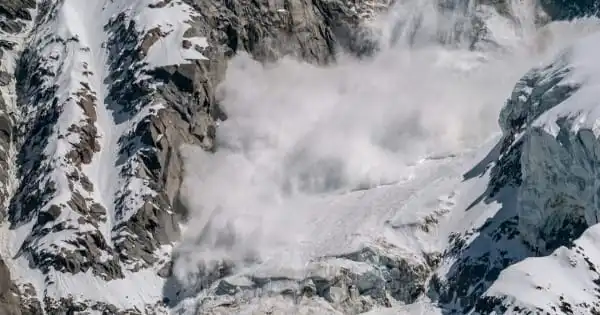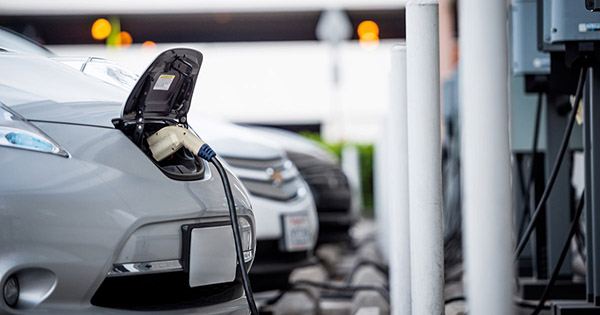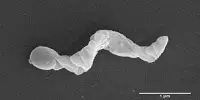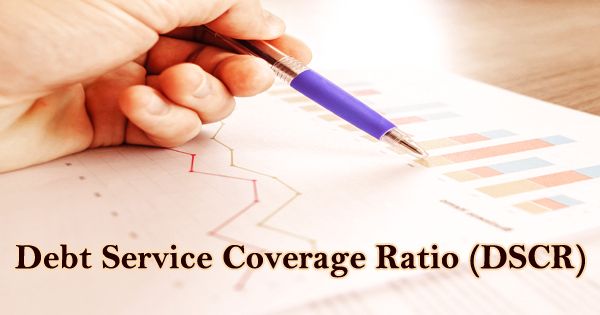Avalanche forecasting is all about forming educated guesses about what the likely avalanche hazards will be. This entails looking into the past to interpret a complicated set of details (or lack thereof) and forming an opinion on how future weather will affect the avalanche hazard. It’s a bit like a high-stakes poker game, and it’s a daunting prospect for both recreational backcountry travelers and industry specialists.
According to a new multinational study, computer simulations of snow cover can properly predict avalanche hazards. Currently, avalanche forecasts in Canada are made by experienced professionals who rely on data from local weather stations as well as on-the-ground observations from ski and backcountry ski operators, avalanche control workers for transportation and industry, and volunteers who manually test the snowpack.
According to a recent international study led by Simon Fraser University researchers, computer simulations of snow cover can properly estimate avalanche hazards. Avalanche forecasts are currently being made in Canada by experienced professionals who rely on data from local weather stations as well as on-the-ground observations from ski and backcountry ski operators, avalanche control workers for transportation and industry, and volunteers who manually test the snowpack.
As far as natural hazards go, avalanches are still one of the main causes of mortality in Canada. We’ve had these intricate models that replicate the layers in the snowpack for a few decades now, and they’re getting more and more realistic, but it’s been challenging to figure out how to apply it to actual decision-making and enhance safety.
Simon Horton
According to a new study published in the journal Cold Regions Science and Technology, simulated snow cover models developed by a team of researchers can detect and track weak layers of snow and identify avalanche hazards in a completely different way – and can provide forecasters with another reliable tool when local data is insufficient or not available.
“As far as natural hazards go, avalanches are still one of the main causes of mortality in Canada,” says Simon Horton, a post-doctoral scholar with the SFU Centre for Natural Hazards Research and a forecaster with Avalanche Canada. “We’ve had these intricate models that replicate the layers in the snowpack for a few decades now, and they’re getting more and more realistic, but it’s been challenging to figure out how to apply it to actual decision-making and enhancing safety.”

Researchers used 16 years of daily weather, snow cover, and avalanche data from two Canadian locations (Whistler and Rogers Pass in British Columbia) and Weissfluhjoch in Davos, Switzerland, to run computer simulations that could identify distinct avalanche circumstances.
Avalanche risk could be calculated using simulations for either natural or controlled release, for problem categories such as new snow, wind slab, persistent weak layers, and wet snow conditions.
“In the world of avalanche forecasting, describing avalanche problems, the common scenarios that you might expect to find — are a good way for forecasters to describe an avalanche hazard and communicate it to the public, so they know what kind of conditions to expect when they head out,” Horton says. “So that information is already available, with the exception that it is all done through an expert assessment based on what they know from existing field observations.” In many cases, there is considerable doubt about the human judgment of what these types of avalanche difficulties will be.
“This is where having more automated technologies that can help forecasters better prepare an accurate, exact forecast will help.”
The study’s findings revealed that the modeling was consistent with the actual observed rates of avalanches across the 16-year period and that the approach has the potential to support avalanche forecasting in the future. The modeling may also be valuable in studying the future effects of climate change on snow instability, according to the researchers.
While even today’s finest avalanche knowledge is incomplete, the science of knowing how avalanches occur, as well as the skill of forecasting when they are most likely to occur, has come a long way in the last century. Avalanche hazard evaluation, also known as avalanche forecasting, is carried out by qualified specialists who meticulously and consistently monitor the snowpack during the winter season.
















